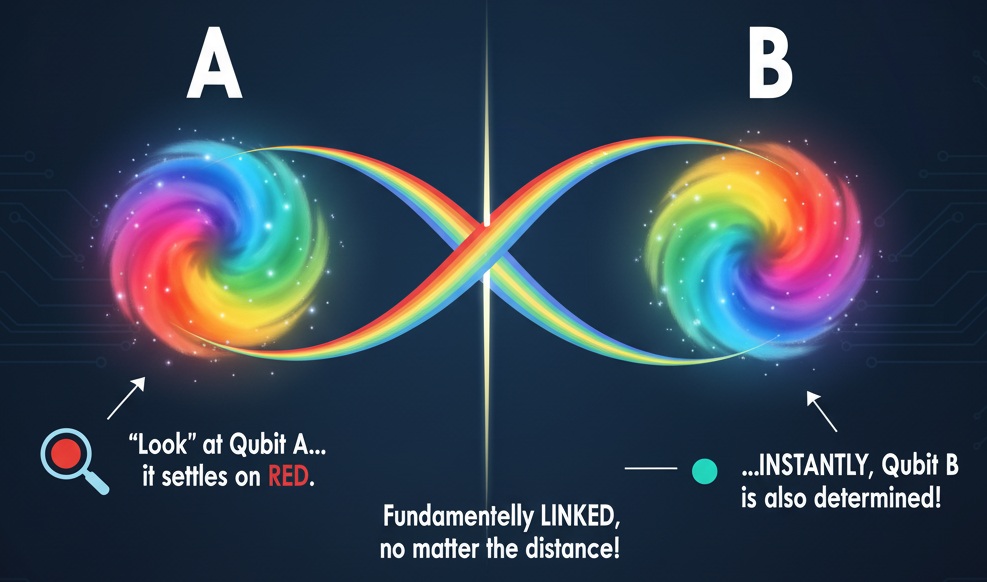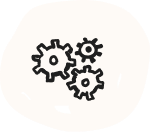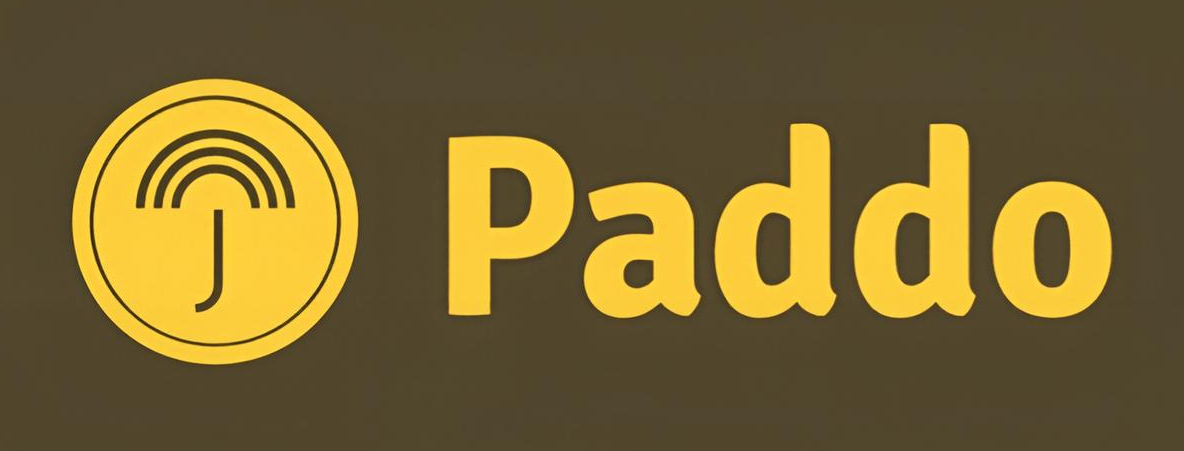🎨 Quantum Computing in 4 Strokes: Imagine a Paintbrush That Tries Every Color at Once
Here’s a 4-step visual guide to understand what it really means. 🎨
🧠 As AI transforms how we learn and work, another revolution is quietly building: quantum computing.
Quantum computing sounds like something out of a sci-fi movie, but it’s really a new way of thinking about how information is processed. Let’s break it down into
4 simple strokes — no PhD required.
🖌️ Stroke 1: The Paintbrush of Possibilities (Superposition)
Imagine you’re holding a magical paintbrush.
A normal computer (your laptop today) dips it in one color at a time — red, then blue, then green — testing each color separately.
But a quantum computer can dip into all colors at once, exploring red, blue, green, and every mix in between simultaneously.
That’s the magic of superposition — instead of choosing between 0 or 1, it can hold many possibilities (0 and 1 and everything in between) at the same time.
It’s like testing all possible answers in parallel before deciding which one fits best.

🧩 Stroke 2: The Dance of Entanglement
Now imagine every time you change one color on your brush, your friend’s brush on the other side of the world changes instantly — same hue, same tone.
That’s entanglement, where two quantum bits (qubits) become linked.
This connection lets quantum computers process and share information in ways that make traditional ones look like they’re standing still.

⚡ Stroke 3: We’re Still in the Early Sketch Phase
Right now, building a fully stable quantum computer is like trying to paint with a brush that shakes from every breeze — quantum states are fragile and collapse easily.
Researchers at IBM, Google, and others have made huge progress, but practical, reliable quantum computers that outperform classical ones in real-world tasks may still be 5–10 years away.
💡 Stroke 4: The Impact — and How It Differs from AI
People often confuse AI and quantum computing because both involve big math and futuristic tech.
Think of it like this:
AI is like the artist — trained on data, learning patterns, and painting beautiful outcomes from experience.
Quantum computing is like a new kind of canvas and brush — it doesn’t think, but it gives the artist the power to explore every possible color combination instantly.
Together, they could accelerate discovery — from drug design and materials science to logistics, finance, and more powerful AI models.

🎯 In short:
Quantum computing won’t replace AI — it will amplify it.
Where AI learns from data, quantum computing learns from possibility.
And that’s how the next era of computing will be painted — one quantum stroke at a time.

